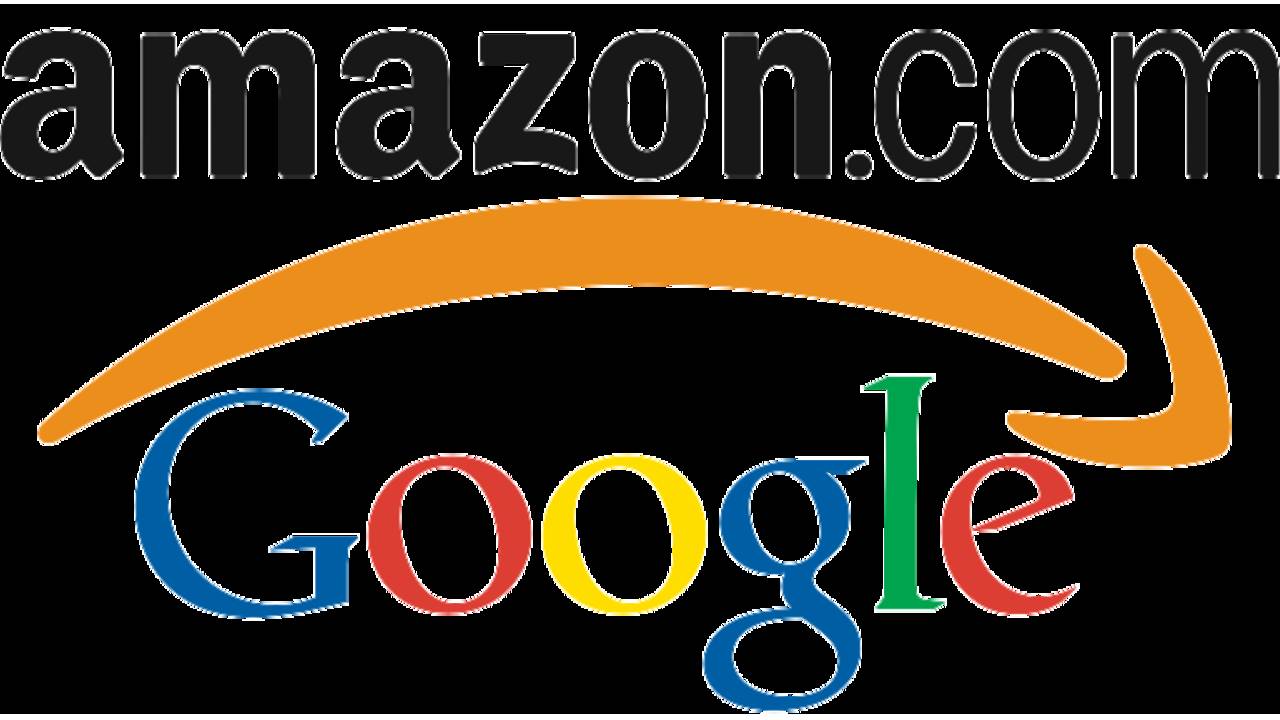The internet is about more than just cat videos. It has also given rise to an increase in confidence in DIY-ism. Gone are the days where a leaky tap means an immediate call to the plumber; instead, it’s a quick Google search by homeowners looking to save time and money. The home security industry was previously dominated by external vendors, but now customers have recently begun taking DIY power into their own hands.
Tech giants Amazon and Google are already known for many of their smart home products with increasing technological capacity to meet human needs. From keeping shopping lists to telling jokes, Amazon and Google are listening to the needs and desires of consumers for technologically simple solutions that meet their lifestyles. Piggybacking off their existing technology, they have tapped into dissatisfaction with traditional home security systems.
Traditional packages are often expensive, require subscriptions, and can be ineffective--either sounding an alarm when one isn’t required, or having too long of a delay when in fact there is an intruder.
Custom service with standard pricing
With both traditional monitoring and smart-home solutions, customers have access to an initial security assessment, customised recommendations, and increasingly, professional installation. One area where companies like Amazon shine however, is in pricing. With an easy-to-use comparison chart embedded on Amazon’s website, customers can quickly and easily compare base packages and costs before speaking to an expert. Additionally, all packages, even at the low end at $350 USD include professional installation as standard.
Security industry leader ADT, on the other hand, offers a pricing quote to customers, but only after the customer provides contact information and agrees to allow themselves to be contacted by a representative of the company. According to information available on a third-party website, ADT has an up front US$125 equipment fee, an installation fee, and then a monthly monitoring fee dependent on what type of monitoring the customer wants. The price increases steadily, with the most expensive option incorporating smart devices and live video feeds available to the customer.
Offerings such as Amazon’s are built almost in reverse, where the monitoring responsibility lies with the customer, with the option to add on additional professional monitoring services without an annual or minimum contract. This flexible option is particularly useful, for example, for those who may find themselves traveling without the ability to monitor their systems in the short term. Unlike traditional services who require customers to lock in to multi-year contracts (and sometimes sign new contracts and pay new installation fees if they move during that period) easily adaptable smart systems truly put choice in the hands of the homeowner.
Decreased false alarms protect valuable resources
An additional benefit of customer-monitored home systems is potential increased efficiency. A benefit and also drawback of traditional monitoring is the response to an alarm. On one hand, with traditional home monitoring, someone is always watching. If an alarm sounds, a disabling code isn’t entered, and attempts to contact the homeowner or their designee are fruitless, the police will be called. While there is an obvious time-wastage as this chain of events unfolds, the result is still a response, albeit delayed.
Conversely, customer-monitored security systems have the potential to decrease false alarms being passed on to the police. Over 90% of home security alarm call outs are false alarms, yet are passed on to the police due to standard response systems. This of course wastes valuable police resources which could be allocated elsewhere. The problem has become so severe that at least two American police departments will not respond to home security alarm calls unless there is visual confirmation of a break-in.
Having access to immediate video of home interior or video doorbell allows consumers to assess whether the source of an alarm is a genuine threat, or just the dog walker who has forgotten the security system code. In the case of the former, a homeowner may actually be able to get a more meaningful response from authorities. This does, however, require the homeowner to be able to constantly monitor alerts from his or her account and take action accordingly.
As part of your home security protocol it’s also worth making sure you have the right level of insurance cover. AMI Insurance have a contents checklist that can help you calculate your cover requirements.
Smart security companies positioned to benefit

The trend toward more self-monitored smart home security is shifting customer attitudes and purchasing. Only 28% of those planning to buy a security system say they would opt for traditional home-monitoring, with research showing that consumers are now twice as likely to purchase a smart home product instead.
Amazon and Google are both uniquely poised to benefit from this shift in attitude. The leading traditional security companies already offer services to link Amazon’s Alexa and Google’s Google Home to their systems. This could be interpreted as a seal of approval from traditional companies on smart monitoring products, making customers feel empowered to eschew the contracts and high fees without compromising on quality. As a rising tide lifts all boats, an additional potential beneficiary could be Arlo, a company who offers similar smart home security products, but has seen an 81% in its stock share price between August 2018 and April 2019.
For those looking for a hands-off solution to home security, traditional monitoring will likely continue to reign supreme. For those willing to take a more active role in home monitoring who are looking for customisable solutions at a lower price point and commitment level, smart systems, especially those offered by Amazon & Google, are likely to dominate the market.


Comments(0)